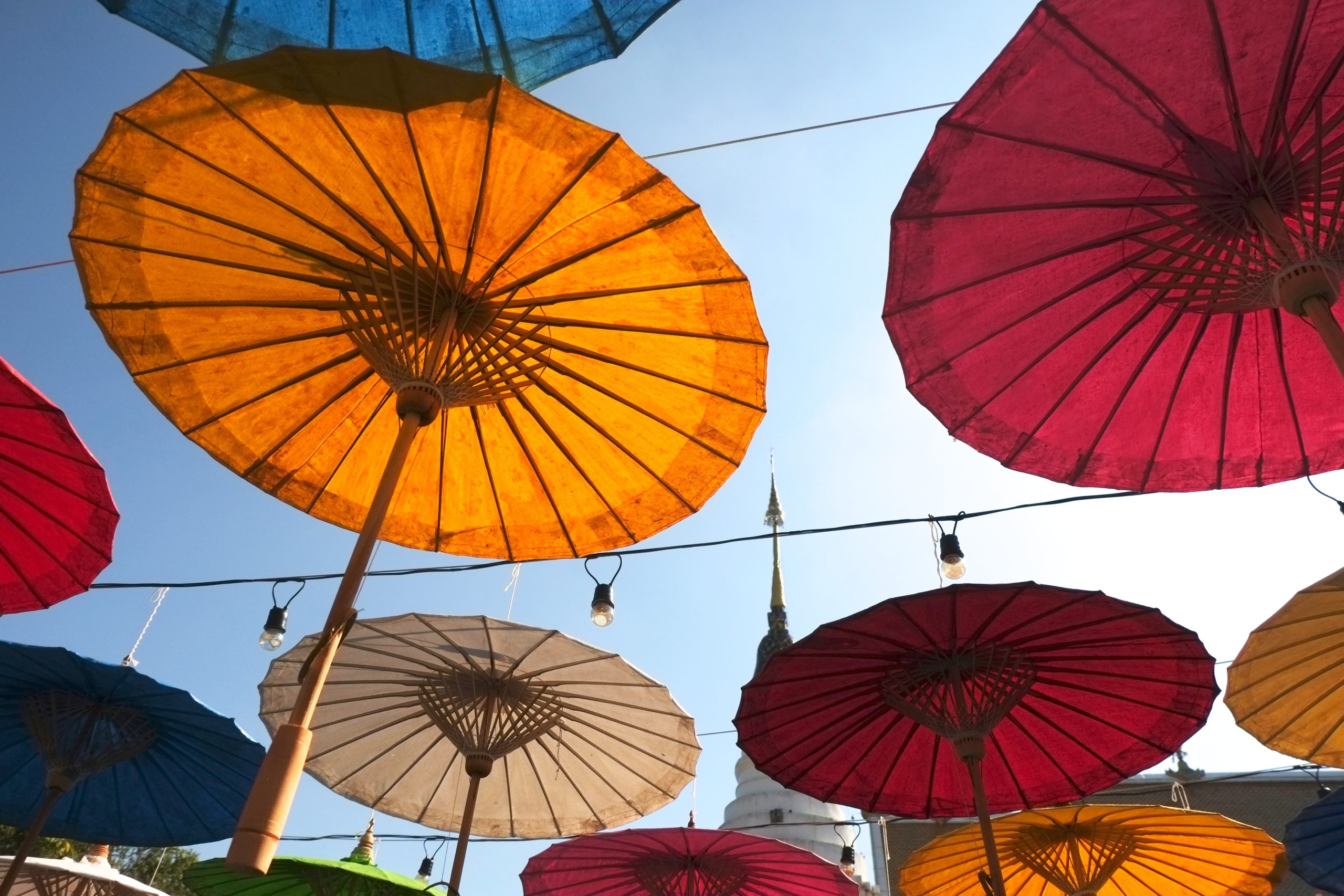A Journey Through Time: Traditional Tea Ceremonies in Kyoto
Nestled in the heart of Japan, the ancient city of Kyoto is a living testament to the country’s rich cultural heritage. Among the many treasures this city holds, none are as enchanting as the traditional tea ceremonies. Steeped in centuries of tradition, these ceremonies offer a profound insight into Japan’s culture and philosophy. In this blog, Green Sun Travel will take you on a journey through the art, history, and significance of traditional tea ceremonies in Kyoto.
An Aesthetic Journey: The Art of Traditional Tea Ceremonies in Kyoto
Traditional tea ceremonies in Kyoto, often referred to as “chanoyu” in Japanese, transcend the simple act of brewing and consuming tea. They are a profound expression of artistry that seeks to elevate this age-old tradition into an aesthetic experience that touches the depths of one’s soul. Chanoyu is a masterful blend of various art forms, including ikebana (flower arranging), calligraphy, and pottery, all working together harmoniously to create a unique and serene atmosphere.
In chanoyu, the artistry begins long before the first sip of tea is taken. The tea master, or “teishu,” meticulously selects every element that contributes to the ceremony’s ambiance. The choice of tea leaves, the design of the tea room, the arrangement of scrolls and ceramics—all these details are thoughtfully curated to create an environment where beauty and tranquility seamlessly coexist.
The Tea Master’s Role: A Symphony of Precision and Grace

The teishu, often a highly trained tea master, plays a pivotal role in the tea ceremony, and their responsibilities go far beyond merely serving tea. This figure is akin to a conductor orchestrating a symphony, meticulously overseeing every detail of the ceremony. Their responsibilities encompass selecting the right type of tea for the occasion, preparing the matcha (green tea) with the utmost precision, arranging the utensils in a particular manner, and conducting the entire ceremony with grace and poise.
The role of the teishu is not merely a matter of following a set of rules but a reflection of their dedication and mastery of the art. They must be in tune with the spiritual and aesthetic aspects of chanoyu, ensuring that each guest’s experience is not only an appreciation of the tea but a journey into the heart of Japanese culture and philosophy.
The Kimono: A Symbol of Elegance
The attire worn during a traditional tea ceremonies in Kyoto is an integral part of the overall aesthetic. The choice of clothing, the graceful and elaborate Japanese kimono, is not arbitrary but a deliberate symbol of elegance. The kimono, known for its intricate designs, layers, and cultural significance, serves as a nod to the rich history of Japan and its deeply rooted traditions.
Both the host and the guests don these elegant garments, creating an atmosphere that is both refined and authentic. The process of dressing in kimonos is a deliberate act that fosters a sense of respect and reverence for the ceremony. The exquisite colors and patterns of these traditional garments enhance the visual harmony of the entire event, and they further underline the importance of aesthetics in the art of tea.
The Tea Room: A Sacred Space
The tea room, or “chashitsu,” is the very heart of the traditional tea ceremonies in Kyoto. These specially designed spaces are meticulously crafted to create an environment where time seems to stand still. They are characterized by their modest size, with low doorways and small entrances, which serve a dual purpose. Firstly, these architectural features humble guests, reminding them to leave their worldly concerns at the door and embrace the simplicity and serenity of the ceremony. Secondly, these design elements require guests to bow when entering, reinforcing the significance of respect and humility.
The interior of the tea room is carefully adorned to enhance the atmosphere and set the stage for the ceremony. Scrolls featuring calligraphy or seasonal motifs hang on the walls, contributing to the aesthetic and spiritual ambiance of the room. Flowers and ceramics, chosen with great care, add to the overall visual appeal. The choice of these elements is not arbitrary; it reflects the changing seasons, further connecting the ceremony to the natural world. In essence, the aesthetics of the tea room are pivotal in creating a setting that fosters an atmosphere of tranquility and introspection, which is central to the spirit of the tea ceremony.
The Way of Tea: Omotesenke and Urasenke
Two of the most renowned tea schools in Kyoto, Omotesenke and Urasenke, represent different facets of the art of tea and enrich the experience of the tea ceremony. Both of these schools share a common foundation, rooted in the core principles of chanoyu, but they also bring their unique philosophies and practices to the table, adding diversity and depth to the tradition.
Omotesenke emphasizes a more formal and ritualistic approach to tea, paying close attention to precision and traditional manners. Their practices have a certain solemnity, often featuring ornate tea utensils and elaborate rituals.
Urasenke, on the other hand, tends to lean towards a more informal, relaxed, and accessible style of tea. They prioritize the notion that the beauty of tea lies in its simplicity and the genuine connections it fosters among guests.
The coexistence of these two schools, each with its unique perspective and interpretation of chanoyu, offers guests the opportunity to witness the rich tapestry of tea traditions within Kyoto. These schools are not in competition but instead represent two distinct avenues for exploring the multifaceted nature of tea.
The Tea Ceremony: An Act of Harmony

At the core of the traditional tea ceremonies in Kyoto is the brewing and serving of matcha, a finely ground green tea. This act is a meticulous and symbolic process, guided by the principles of harmony, respect, purity, and tranquility—known as “wa, kei, sei, jaku.”
The act of preparing matcha is highly choreographed. The tea master takes great care in selecting the tea and utensils, as well as in measuring the correct amount of tea powder and hot water. The matcha is then whisked with a bamboo whisk in a precise and elegant manner, creating a frothy and vibrant green tea.
The serving of matcha to each guest symbolizes a shared moment of connection and mindfulness. Guests receive the tea with gratitude and appreciation, recognizing the efforts of the host. The ritual promotes a sense of unity, fostering a harmonious atmosphere where worldly concerns are set aside, and the spirit of the tea ceremony can be fully embraced.
Conclusion
In the heart of Kyoto, the traditional tea ceremonies in Kyoto isn’t just a cultural event; it’s a profound journey into the soul of Japan. The tea room, designed with humility and adorned with meticulous care, sets the stage for an experience that transcends the ordinary. It’s a canvas upon which the art of tea, or “chanoyu,” is masterfully painted—a rich tapestry of aesthetics, culture, and spirituality. The tea master, with their precision and grace, conducts a symphony of tradition, while the elegance of the kimono adds a layer of authenticity to the event. Kyoto’s tea culture isn’t a static relic of the past; it’s a living, breathing tradition that harmonizes history and modernity, offering a glimpse into the profound beauty of Japanese culture.







